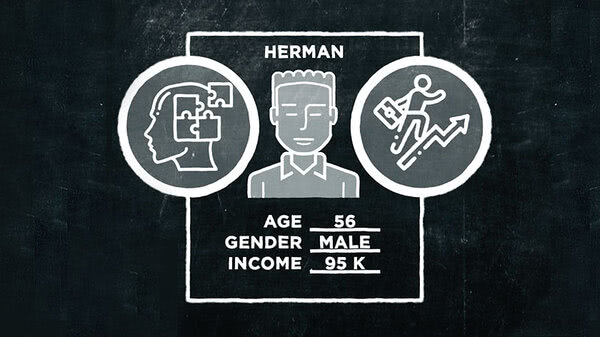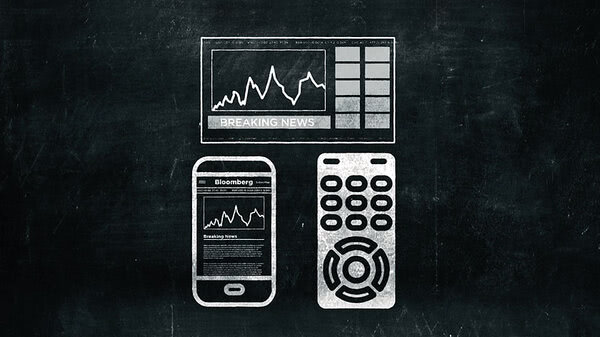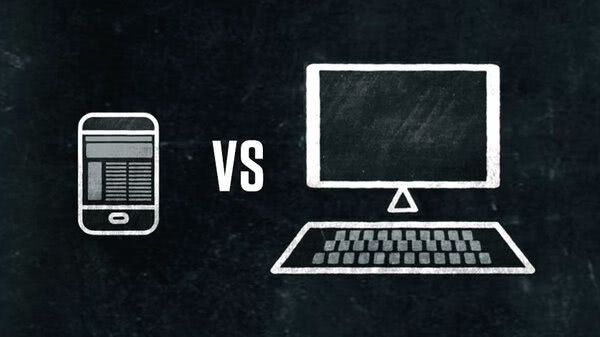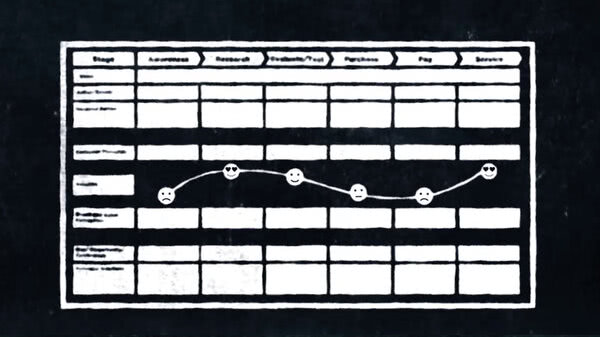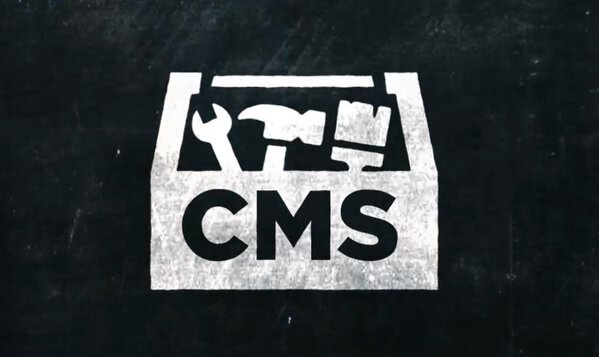Now we're going to go into a few examples of some medical videos we've produced over the years.
The first is the Key Opinion Leader or KOL style of video. This type of video may be aimed at physicians or buyers from hospitals or pharmacies, or other healthcare professionals.
Let's say you're marketing a drug in a highly competitive space where doctors have a range of brand choices for their prescriptions. Recently, however, the results of a new study have shown your company's product to have a higher level of efficacy. How do you draw attention to this new information?
You can make a simple list of therapeutic benefits updating your sales team's detail aid, while also updating the information on the branded website. And, in fact, you'll probably do both of those things because they're pretty easy to do.
But a video featuring a KOL could do much more--increasing awareness of the study results while adding credibility to them.
Another way to highlight the studies' results could be to produce a 3D-animated Mechanism of Action video. Such a video shows your clients how the drug works on the molecular level. This strengthens your claims of efficacy. And there's nothing like some vivid images to impress the facts upon a person's memory.
In effect, the 3D MOA video attaches the facts of the product to a sequence of events, essentially making it a story. And a story is a powerful selling tool.
Here's another scenario: You want to produce a video describing a novel surgical procedure to your patients--something that prepares and reassures them by taking them step by step through what will happen to them before, during and after surgery.
This is a case where live-action video combined with animation could work well. Live action to cover the steps leading up to the surgery, consulting with the surgeon, medical tests carried out by caring technicians, then final prep for the surgery.
For the procedure itself, you may want to switch to 2D or 3D animation, even if there is footage of the actual surgery available.
This puts a little distance between the patient and the procedure, because while some of us feel compelled to look when the needle goes in, many of us don't.
What about the line of expensive new surgical instruments your reps are showing to the chief surgeon? And suppose again, there are several brands vying for the sale.
Well, here's where you want to use high-resolution imagery with lighting that will emphasize every detail of these shiny new objects, literally showing them in their best light. Technicians love their tools.
And if the footage of these instruments in action is available, well, this would be the place to use it. Unlike patients, a surgeon won't be squeamish. So live action is fine here.
The video is probably best deployed on a rep's tablet, or a wider distribution channel like the product's micro-site Consider a training video for the surgeons who will be using these instruments.
In this case, high-resolution video could effectively demonstrate surgical techniques. Such a video could be embedded in your company's website, as part of an online course. This may include animations, slides, testing modules to ensure that physicians are trained and examined, and ultimately certified in the use of your instruments.
All right, those are just a few examples of the many ways that video can be used in medical marketing. The exact medium you choose--animation, a live-action demo, KOL video, or a combination of all of these--really depends on your message and your audience. Among these many forms, there's sure to be at least one that can communicate your message in a way that will grab and hold your audience.




